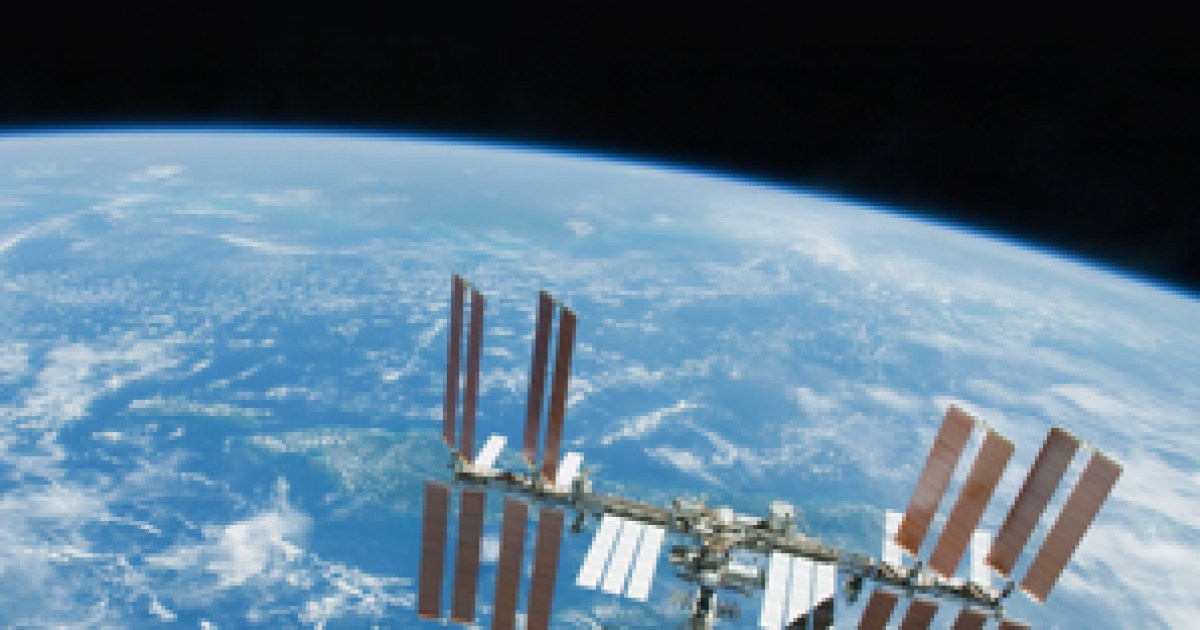The International Space Station (ISS) is about to take delivery of several ultra-high-definition cameras that will offer free access to live-streamed Earth imagery from 250 miles up.
The 4K system is the work of a British firm called Sen, which already beams live video of Earth from a small satellite that it launched two years ago.
Charles Black, the boss and founder of Sen, told BBC Radio on Thursday that one of the three cameras will over a wide-angle panoramic scene capturing sunrises and sunsets, another will point straight down for a tighter view revealing features as small as 197 feet (60 meters) across, and a third will be positioned to capture the arrivals and departures of SpaceX’s Crew Dragon spacecraft, and also Boeing’s Starliner capsule once it’s operational.
“Satellites traditionally have been used to capture imagery for governments and for scientists, and all that’s really important,” Black said. “What we want to do is … make it accessible to everyone because we want to give people similar views of our planet as astronauts get.”
He added that astronauts who look down on Earth from the ISS often speak of a “cognitive shift that changes the way you think about the planet; you see the delicate thin blue atmosphere protecting us, and the environmental events and how the planet is changing every day; it’s a living, breathing world … and we want to look after it.”
Black said that in the same way that Google gives access to “every fact in human history,” he hopes that Sen’s cameras will create a real-time dataset “about what’s happening now, what’s unfolding now.”
An ISS-bound SpaceX Dragon capsule laden with vital supplies, science equipment, and Sen’s cameras, blasted off from the Kennedy Space Center on Thursday and is scheduled to dock with the orbital outpost on Saturday.
Sen’s cameras will be fixed to the exterior of the ISS in May and should begin streaming realtime imagery soon after. The company’s long-term plan is to send similar high-definition cameras to lunar orbit for super-sharp around-the-clock video of our nearest neighbor.
NASA is already live streaming from the ISS, but Sen’s cameras will cover more angles and should offer footage of even better quality.
Editors’ Recommendations


